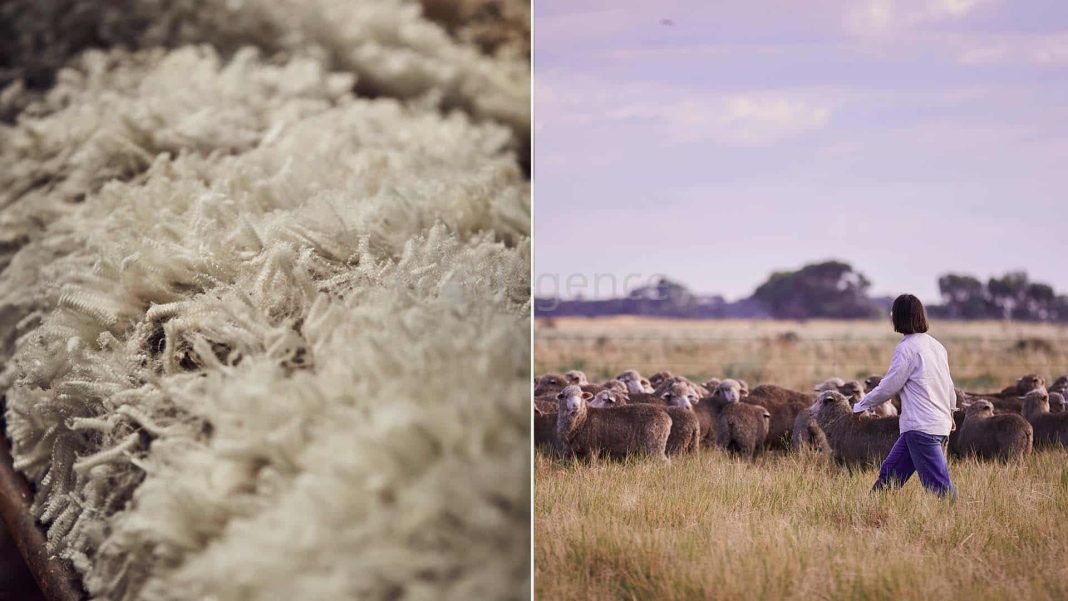Woolmark, the strongest player in the global wool market, launched Woolmark+, a vision designed to unite woolgrowers, supply chain and brands in ensuring a sustainable future for the wool industry. This represents an important step at a pivotal moment for the global fashion industry, which faces increasing demands to adopt sustainable practices amid regulatory and consumer pressure.
Woolmark+ aims to accelerate low-impact production, promote circularity and enhance animal wellbeing and woolgrower livelihoods. The roadmap sets out 13, practical initiatives intended to empower nature regeneration, reduce carbon emissions and optimise productivity. This approach not only supports woolgrowers in meeting their business objectives but also aligns with the increasing commitment from brands to mitigate Scope 3 emissions and bolster supply chain sustainability.
Among the highlight initiatives of Woolmark+ are the insetting program, methane emissions reduction in livestock, nature-positive farming specification, nature-positive impact program and Woolmark recycled.
Looking beyond net zero, to nature-positive
By avoiding carbon tunnel vision and targeting nature-positive, Woolmark highlights the co-benefits of wool-growing for both nature and livelihoods. Nature positive is defined as halting and reversing nature loss by 2030, measured from a baseline of 2020, with approaches to restoration optimised for carbon sequestration, biodiversity recovery and livelihood benefits.
“With more than 60 years of experience, Woolmark understands the nuances of the textile industry and is dedicated to driving its success by aligning economic prosperity with positive ecological and social impact,” explained John Roberts, Managing Director, The Woolmark Company. “Woolgrowers in Australia are stewards of over 65 million hectares of land, and they can play a critical role in the global transition to a low-emission, nature-positive market. Their commitment to nature needs to be well recognised and supported to demonstrate the wool industry’s role in supporting and enhancing biodiversity, beyond net zero targets.”

Woolmark+ was designed with woolgrowers for the benefit of all
At its core, Woolmark+ focuses on supporting the livelihoods of woolgrowers in their role as stewards of nature. Through research, training, and the development of new tools and investment avenues, the initiatives help woolgrowers to enhance climate resilience, reduce carbon emissions, foster biodiversity, and progress animal wellbeing. The Carbon Storage Partnership is just one example of how Woolmark is collaboratively investing to identify effective and appropriate techniques for woolgrowers to reduce greenhouse gas (GHG) emissions, while building biodiversity and improving productivity. The project is due to finish in 2025; on-farm modelling is under way and case studies for various regional zones have been completed.
Alongside environmental stewardship, the roadmap promotes a holistic, nature-positive approach through the development of supply chain programs that aim to advance circularity, while ensuring demand for wool.
